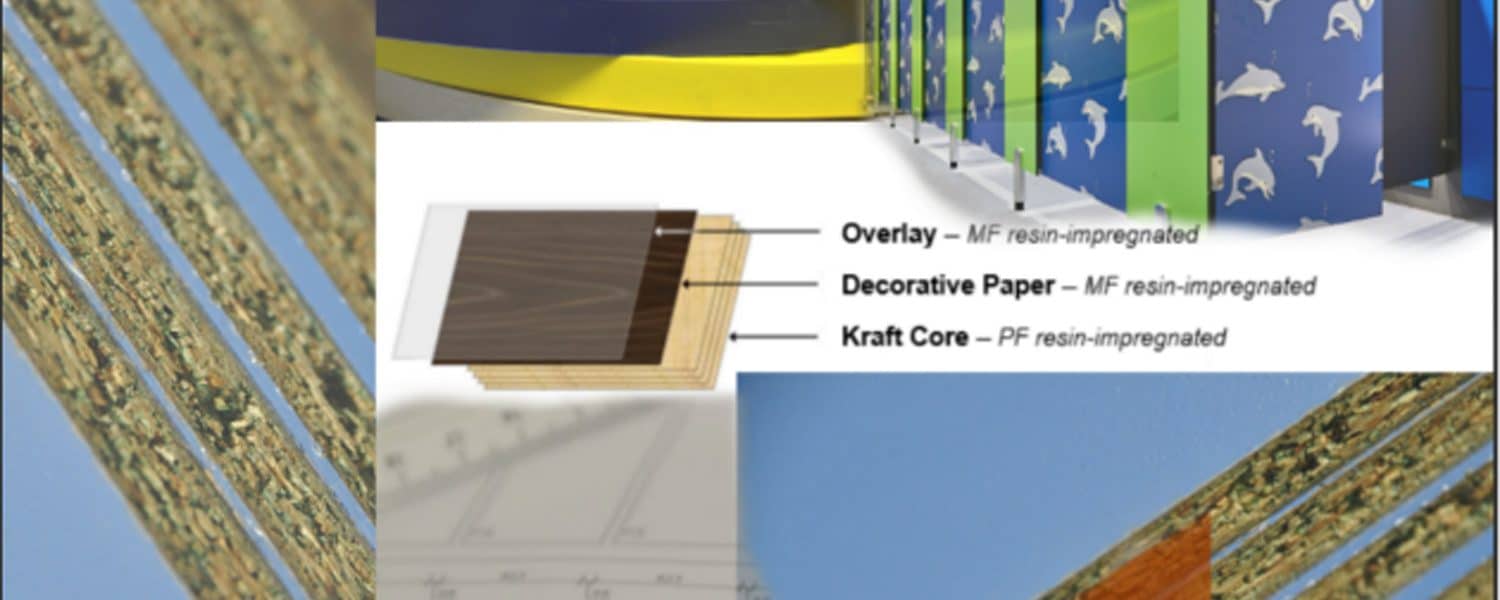Blog
The History of High Pressure Laminates
Where did HPL originate from
High Pressure Laminate provides a Durable, and Versatile Cubicle material and is used in the manufacture of the majority of washroom panel products.
The history of HPL dates back to 1896, discovered by Leo Baekeland an American Chemist, who was the first to experiment in making laminate sheets, the process was then patented around 1913 by Herbert A Faber and Daniel J O’Connor, who were the first to develop the Formica brand. These early laminates could only be purchased in black or brown, and were mainly used for electrical parts due to their insulating properties.
The 1930’s saw a new focus for the product as a colourful finishes made it a popular choice for interior fit-outs in buildings where high durability and style were required. This saw it’s usage in many cafes, railway cars and ocean liners such as the RMS Queen Mary.
When the USA entered World War 2 in 1941, Manufacturers of High Pressure Laminate focused on contributing to the war effort – for example through production of ‘Pregwood’ for plastic impregnated wooden aeroplane propellers and bomb parts.
The real boom time for the laminate industry was after the war and particularly through the 1950’s as it was recognised for its clean aesthetics, practicality, hygiene and durability. These years saw the development of numerous patterns, cigarette-proof HPL and a finish to hinder the spread of flame.
1968 saw the establishment of Dunhams Washrooms as a manufacturer for Washroom Cubicle Panels, Duct Panelling, Vanity Panels and Vanity Tops faced with this durable laminate. 50 years later the company is still going strong and through Cube Install we are able to expand the offering through our design, supply and installation service.





